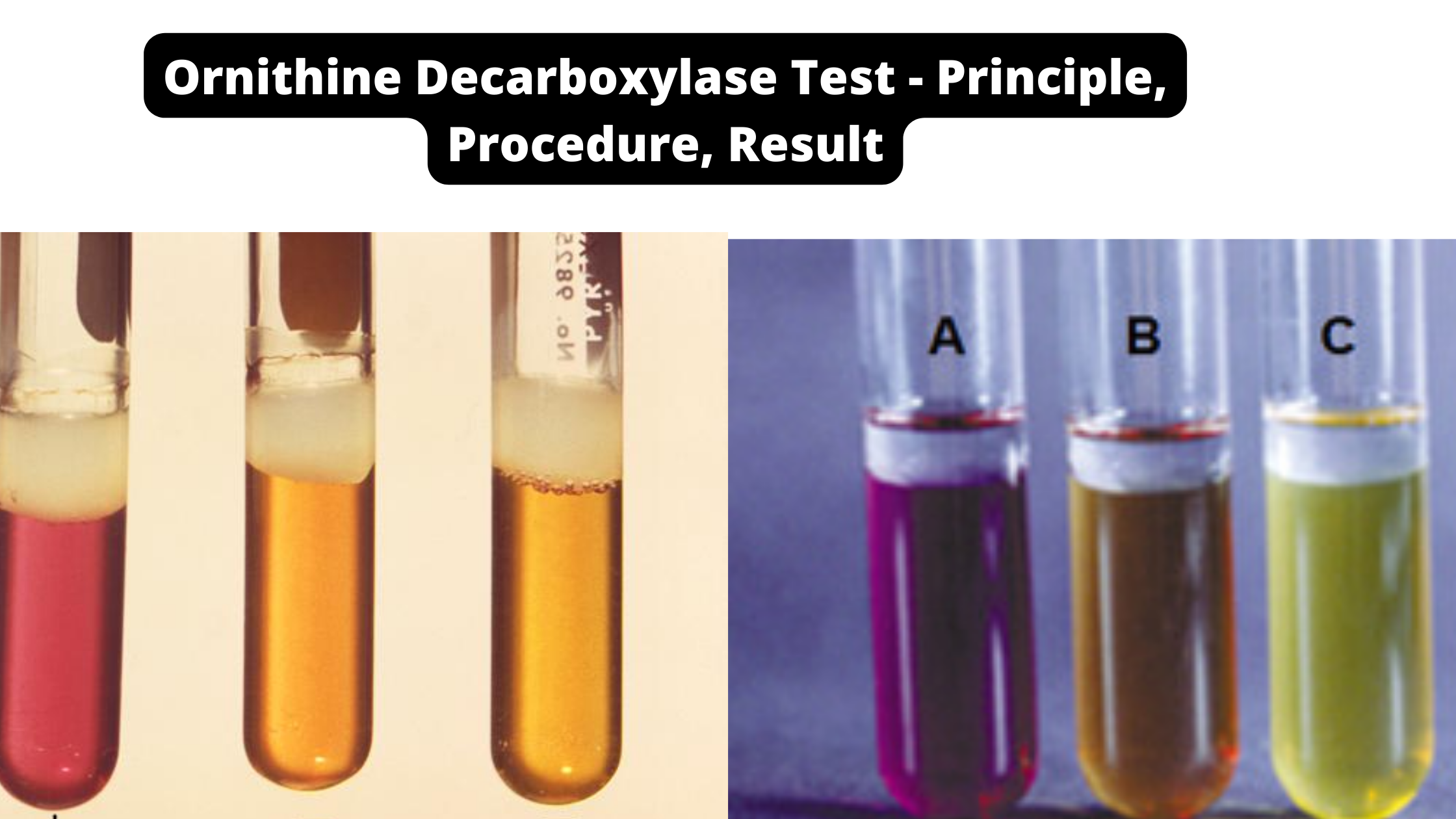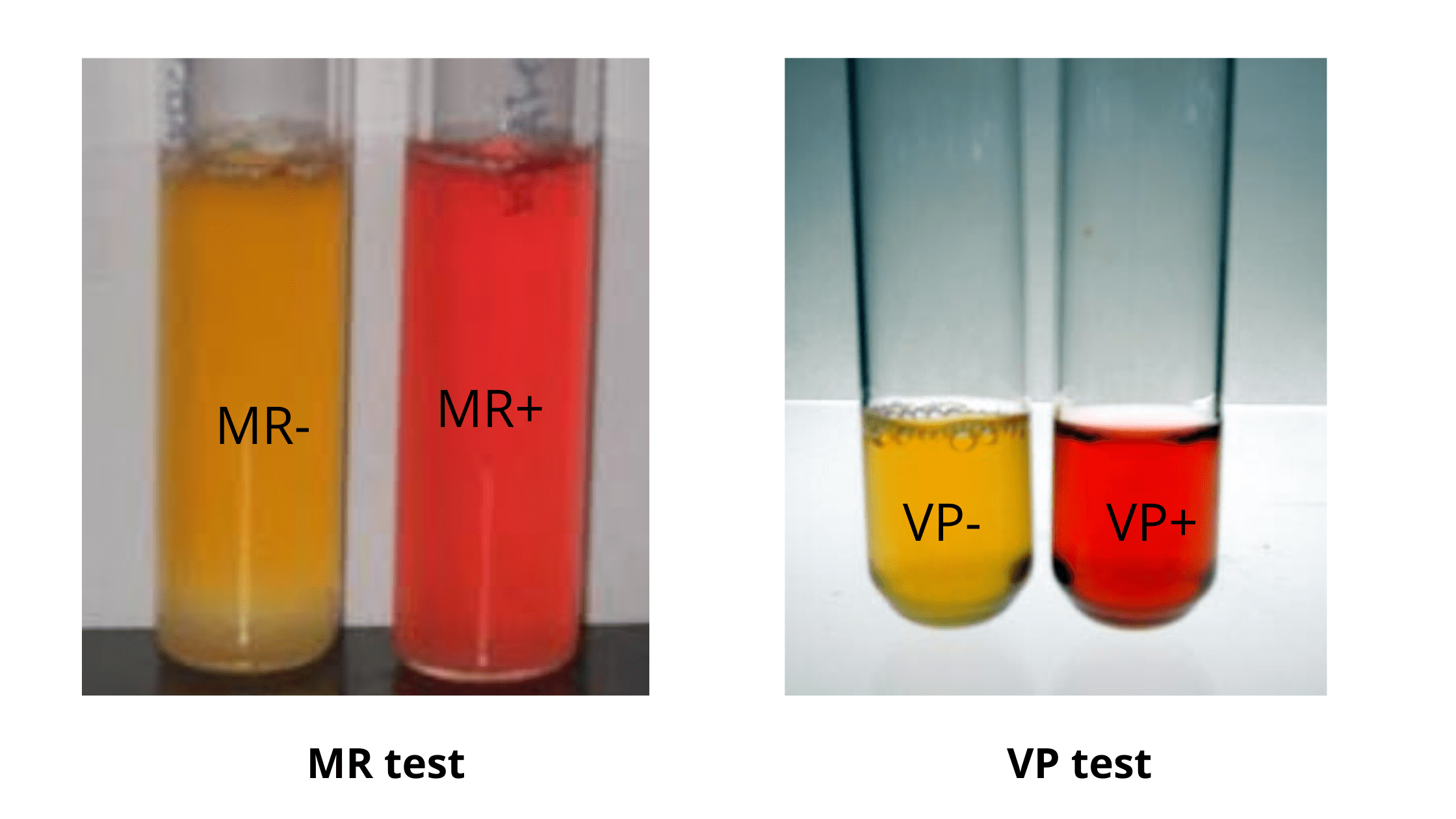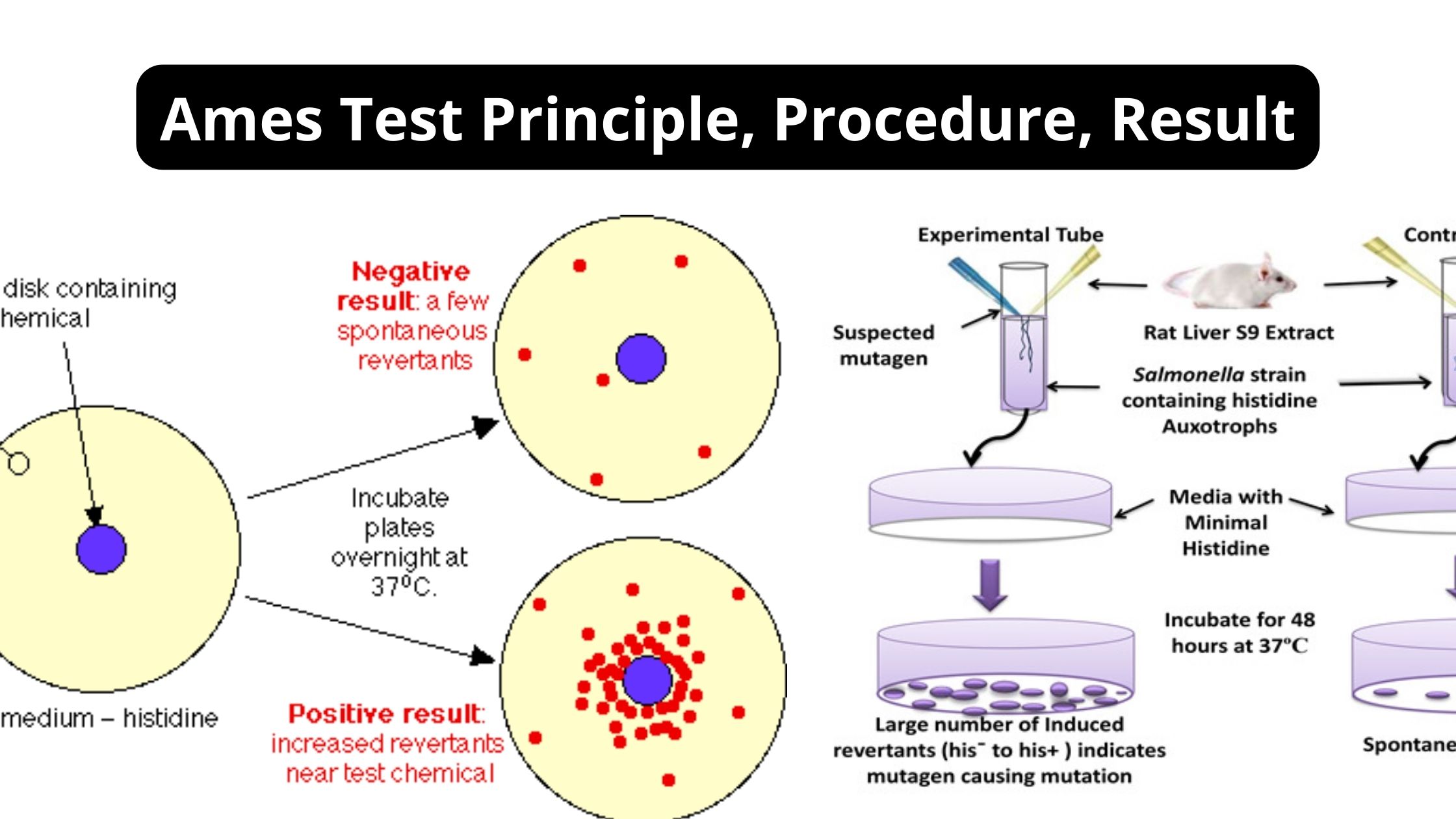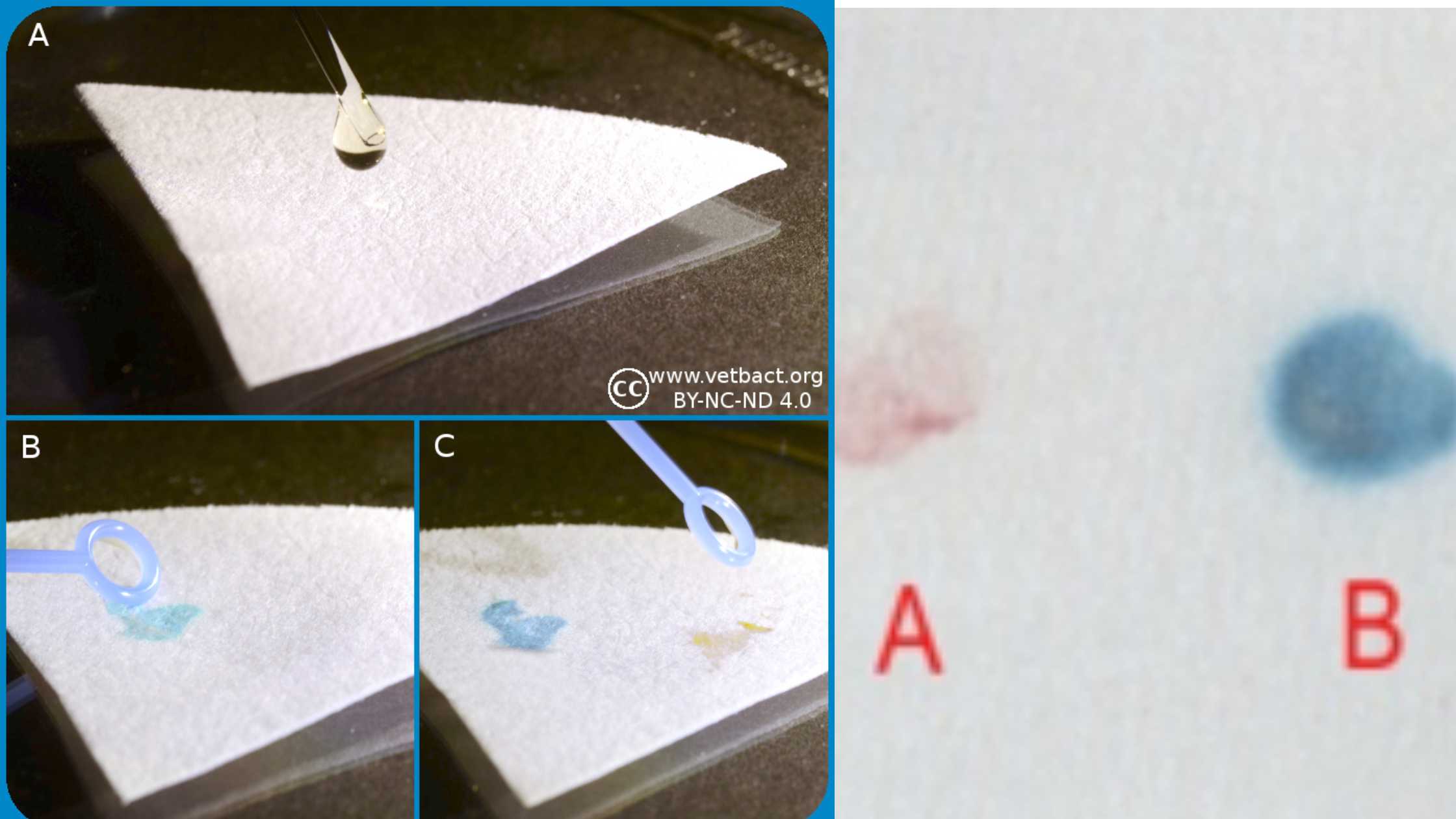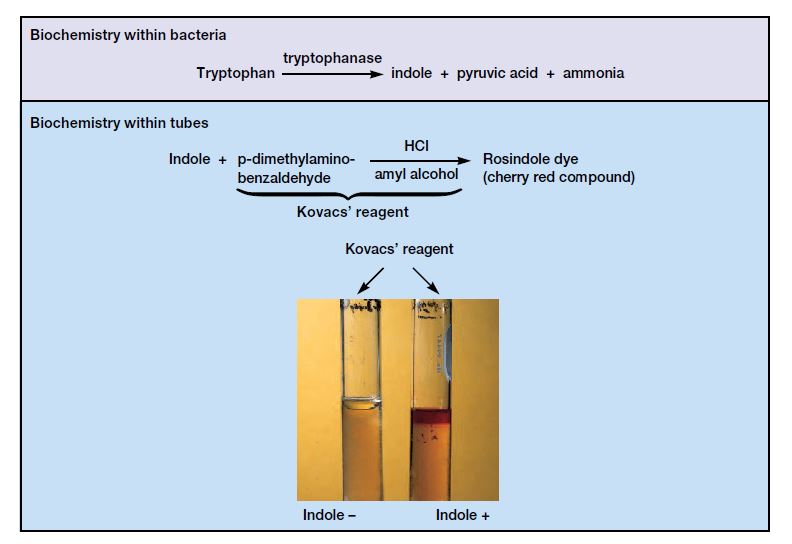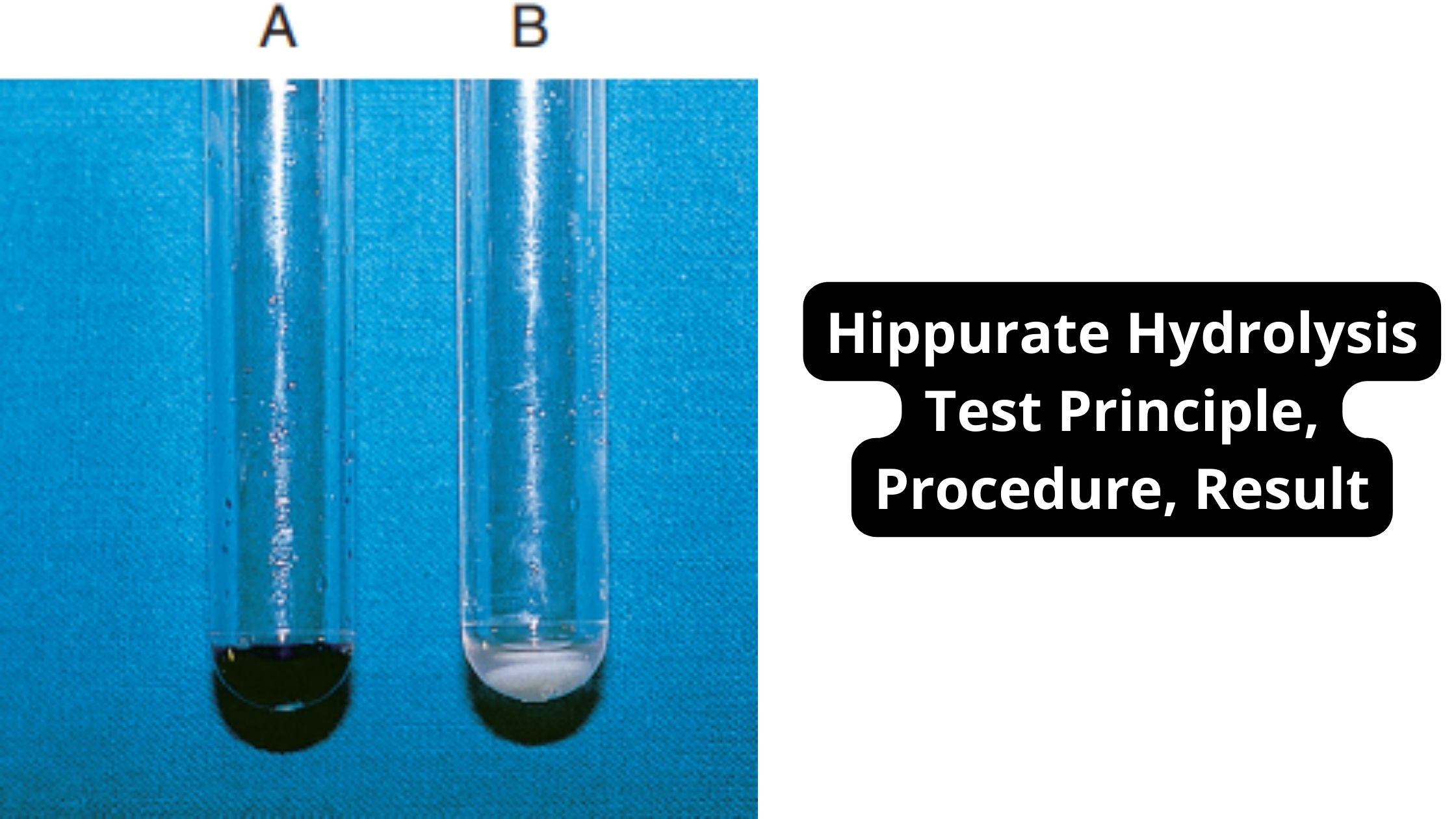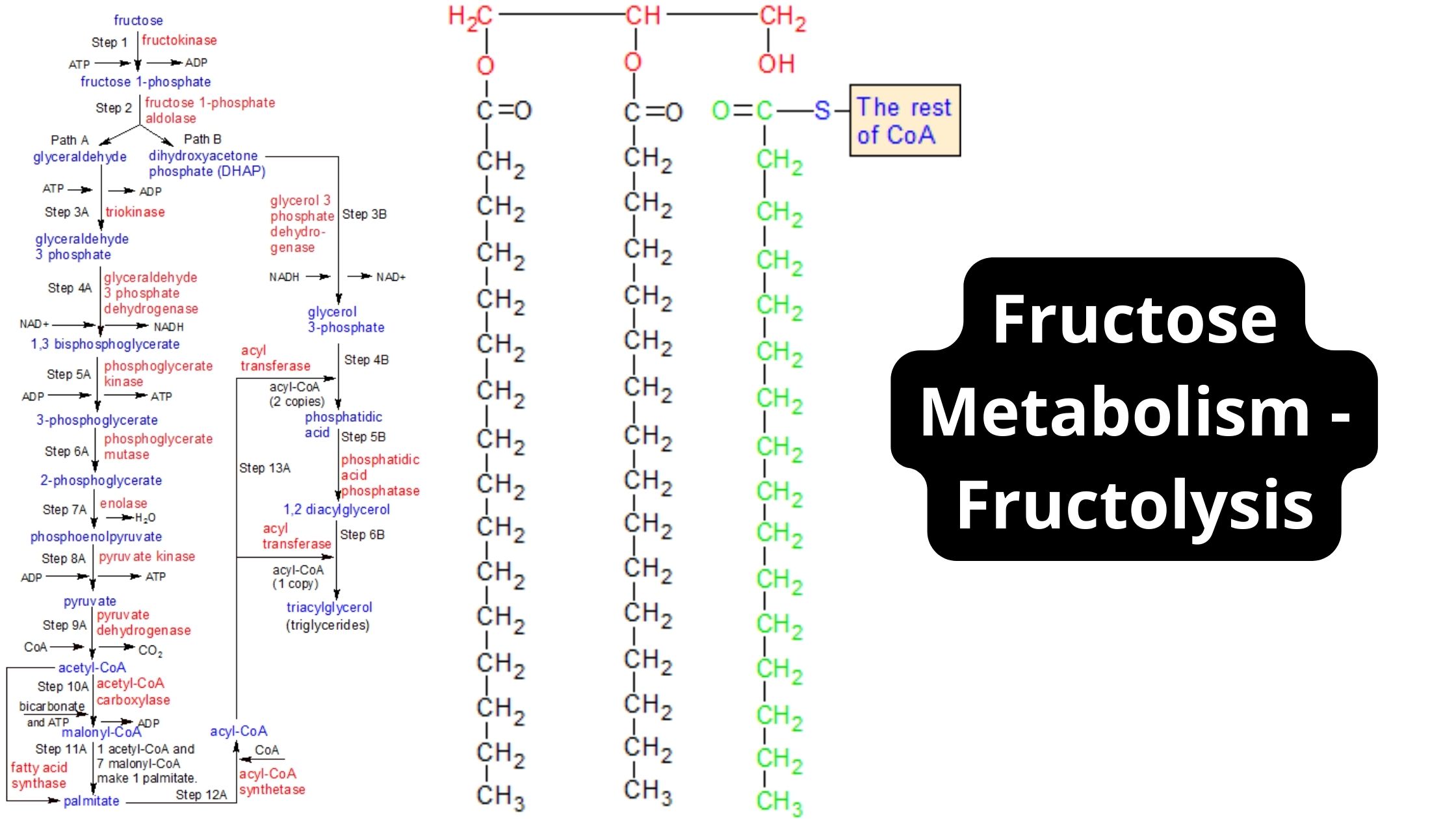Ornithine Decarboxylase Test – Principle, Procedure, Result
What is the ornithine decarboxylase test? Objectives of Decarboxylase Test Principle of Ornithine decarboxylase test/Principle of Decarboxylase Test Requirement The combination of these specific media, reagents, and supplies facilitates the accurate execution of the Decarboxylase Test. Each component plays a distinct role, from providing essential nutrients and pH indicators in the medium to ensuring the … Read more
